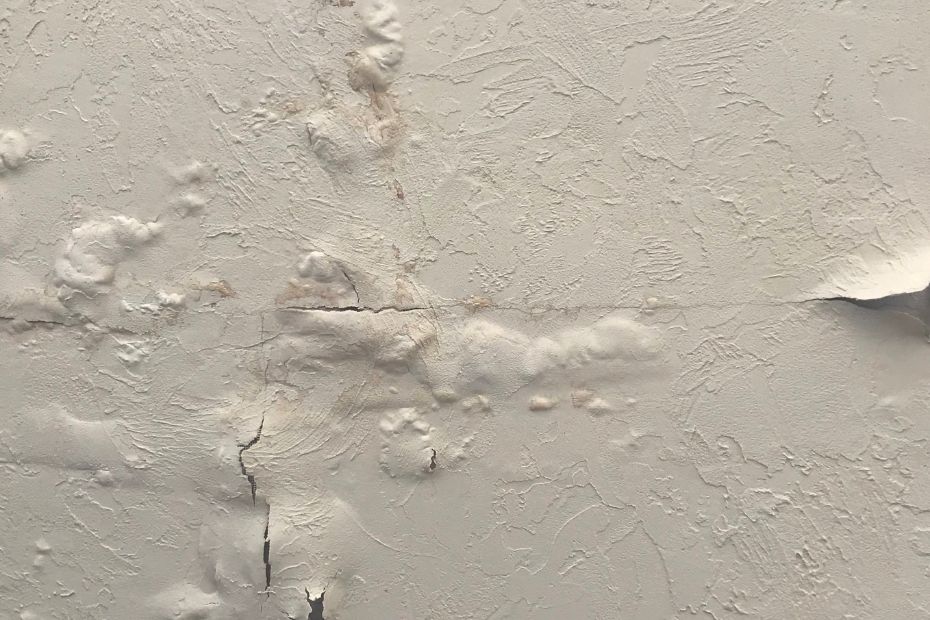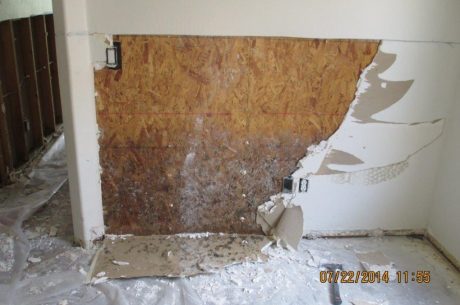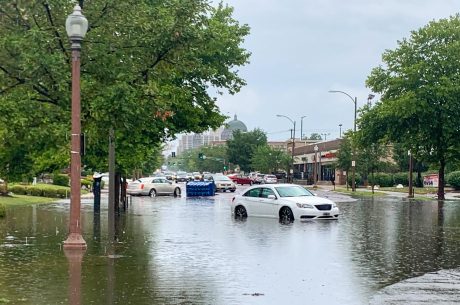Water damage is a common but often unexpected issue that can wreak havoc on your home. For Scottsdale residents, the dry climate might lead you to believe water damage is rare, but leaks, broken pipes, or unexpected storms can quickly change that. Here’s a comprehensive guide on how to repair water-damaged drywall, with some expert insights from Puroclean Restoration Specialists.
Understanding Water Damage
Common Causes in Scottsdale Homes
Water damage can result from several sources, including plumbing leaks, roof leaks, and even severe weather. Scottsdale’s unique climate doesn’t exempt it from these issues.
Signs of Water-Damaged Drywall
Recognizing the signs early can save you a lot of trouble. Look for discoloration, bubbling, peeling paint, or a musty odor. These are all indicators that moisture has seeped into your drywall.
Initial Assessment
Inspecting the Extent of the Damage
Before jumping into repairs, thoroughly inspect the damaged area. Tools like a moisture meter, utility knife, and flashlight will help you determine the extent of the damage. Is it superficial, or does it penetrate deeper into the wall structure?
Tools and Materials Needed for Assessment
Gather tools such as a moisture meter, utility knife, flashlight, and a level. These will help you get a precise understanding of the damage.
Safety Precautions
Importance of Safety Gear
Safety should be your priority. Equip yourself with gloves, safety goggles, and a dust mask. Water-damaged areas can harbor mold and mildew, posing health risks.
Electrical Safety Concerns
Ensure the power to the affected area is turned off to avoid electrical hazards. Water and electricity are a dangerous mix.
Mold and Mildew Precautions
Mold can be hazardous to your health. If you suspect mold, consider consulting professionals like Puroclean Restoration Specialists to handle the remediation safely.

Preparation for Repair
Gathering Necessary Tools and Materials
You’ll need drywall sheets, joint compound, drywall tape, a saw, a sanding block, and painting supplies. Having everything ready will streamline the repair process.
Setting Up the Workspace
Prepare your workspace by covering floors and furniture with drop cloths. Clear the area to give yourself ample room to work.
Removing Damaged Drywall
Steps to Safely Remove Damaged Drywall
Carefully cut out the damaged section using a utility knife or saw. Remove it piece by piece to avoid disturbing surrounding areas. Dispose of the damaged drywall properly in heavy-duty trash bags.
Drying the Affected Area
Techniques for Drying Out the Area
Thoroughly dry the exposed area using fans, dehumidifiers, and proper ventilation. This step is crucial to prevent mold growth and ensure a successful repair.
Mold Remediation
Identifying Mold Growth
Inspect the area for mold. If you find any, clean it with a mixture of water and detergent. For extensive mold growth, call in professionals like Puroclean Restoration Specialists.
Steps to Safely Remove Mold
If mold is present, wear protective gear and use an appropriate cleaning solution. Make sure to thoroughly clean and dry the area to prevent future growth.
Preventing Future Mold Growth
Ensure proper ventilation and address any sources of moisture to prevent mold from returning.
Repairing the Drywall
Measuring and Cutting New Drywall
Measure the hole and cut a new piece of drywall to fit. Precision is key for a seamless repair.
Installing the New Drywall
Secure the new drywall in place using screws. Ensure it’s flush with the surrounding wall.
Securing and Sealing the New Drywall
Apply drywall tape over the seams and cover with joint compound. Smooth it out and let it dry completely.
Finishing Touches
Applying Joint Compound and Tape
Apply a second layer of joint compound over the tape. Smooth it out and let it dry before sanding.
Sanding the Repaired Area
Once the joint compound is dry, sand the area until it’s smooth. Wipe away dust with a damp cloth.
Priming and Painting
Apply a primer to the repaired area before painting. Choose a paint that matches the rest of your wall and paint over the repaired section.
Preventing Future Water Damage
Tips for Maintaining a Dry Home
Regular inspections and maintenance can help prevent future water damage. Check for leaks, maintain your roof, and ensure proper drainage around your property.
Regular Inspections and Maintenance
Make it a habit to inspect your home regularly. Early detection can save you from significant repairs later.
When to Call Professionals
Signs That Professional Help is Needed
If the damage is extensive or if you find mold, it’s best to hire experts like Puroclean Restoration Specialists. We have the expertise and equipment to handle severe water damage efficiently.
Benefits of Hiring Puroclean Restoration Specialists
Professional services ensure the job is done right the first time, saving you time, stress, and potentially even money in the long run.
Cost Considerations
Estimating the Cost of DIY Repair
Consider the cost of materials and your time. While DIY can save money, it’s not always the best option for extensive damage.
Cost Comparison: DIY vs. Professional Service
Sometimes, hiring professionals can be more cost-effective, especially when you consider the potential for mistakes and the quality of the repair.
Success Stories
Real-Life Examples of Successful Repairs
Many Scottsdale residents have successfully repaired water-damaged drywall with Puroclean’s help. One homeowner praised the quick and efficient service, noting how it restored their home to its original condition.
Testimonials from Scottsdale Residents
“Thanks to Puroclean, our home looks brand new again. They handled everything with such professionalism and care,” says Jane, a Scottsdale resident.
Conclusion
Water-damaged drywall is a common issue that needs prompt attention. By following these steps, you can repair the damage and prevent future problems. Remember, Puroclean Restoration Specialists are always ready to assist with severe cases, ensuring your home remains safe and beautiful.
FAQs
How long does it take to repair water-damaged drywall?
The time required depends on the extent of the damage. Minor repairs can take a few days, while more severe cases might take a week or more.
Can I repair water-damaged drywall myself?
Yes, minor damage can be repaired by homeowners. However, extensive damage or mold issues should be handled by professionals.
How do I know if I have mold in my drywall?
Signs of mold include a musty odor, discoloration, and visible growth on the drywall. If in doubt, consult professionals for an inspection.
What are the risks of not repairing water-damaged drywall?
Ignoring water damage can lead to structural issues, mold growth, and health problems. It’s essential to address the damage promptly.
How can I prevent future water damage?
Regular inspections, proper home maintenance, and addressing leaks immediately can help prevent future water damage.




 PuroClean Restoration Specialists
PuroClean Restoration Specialists